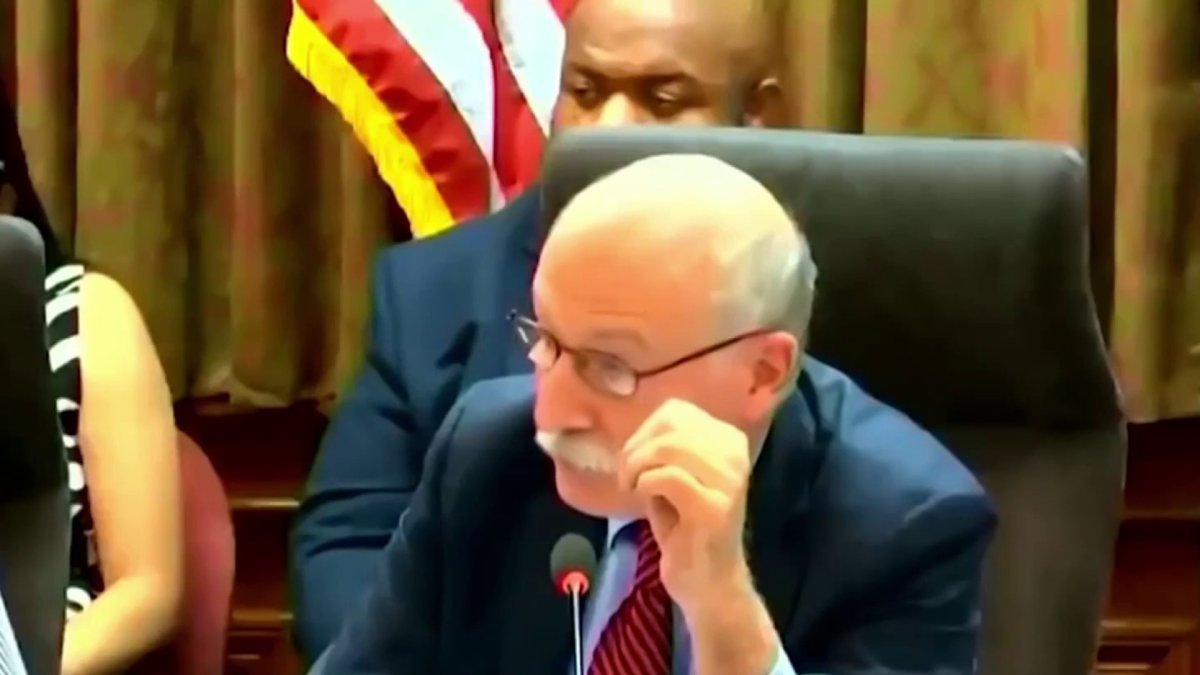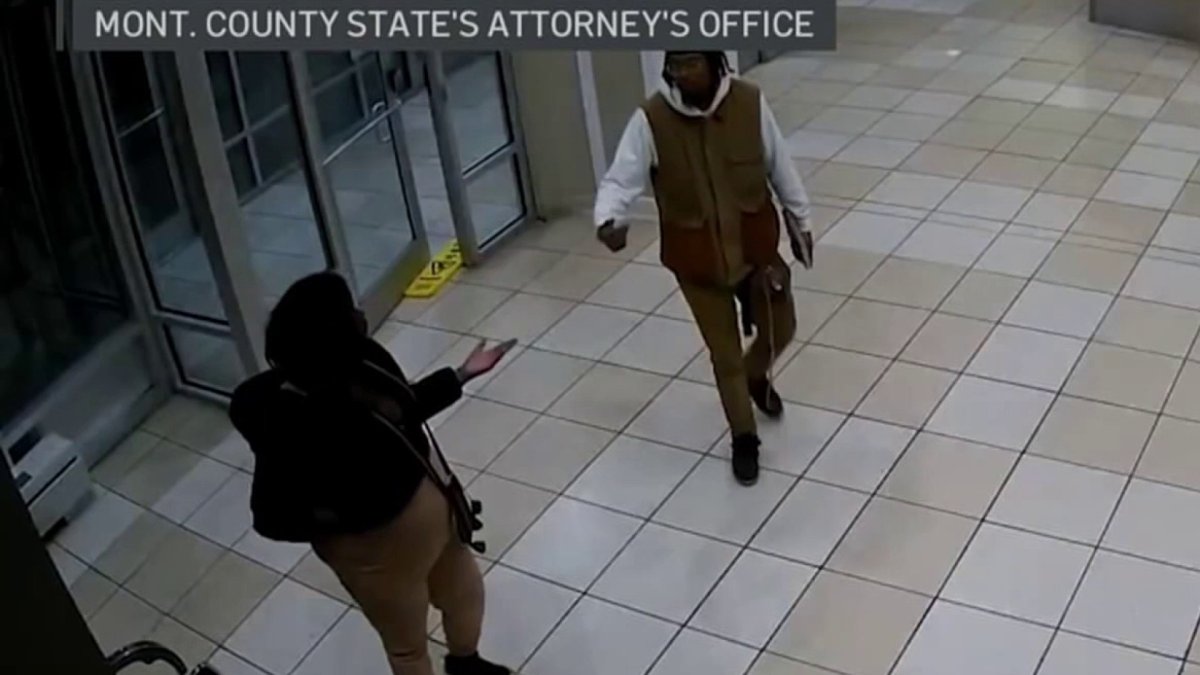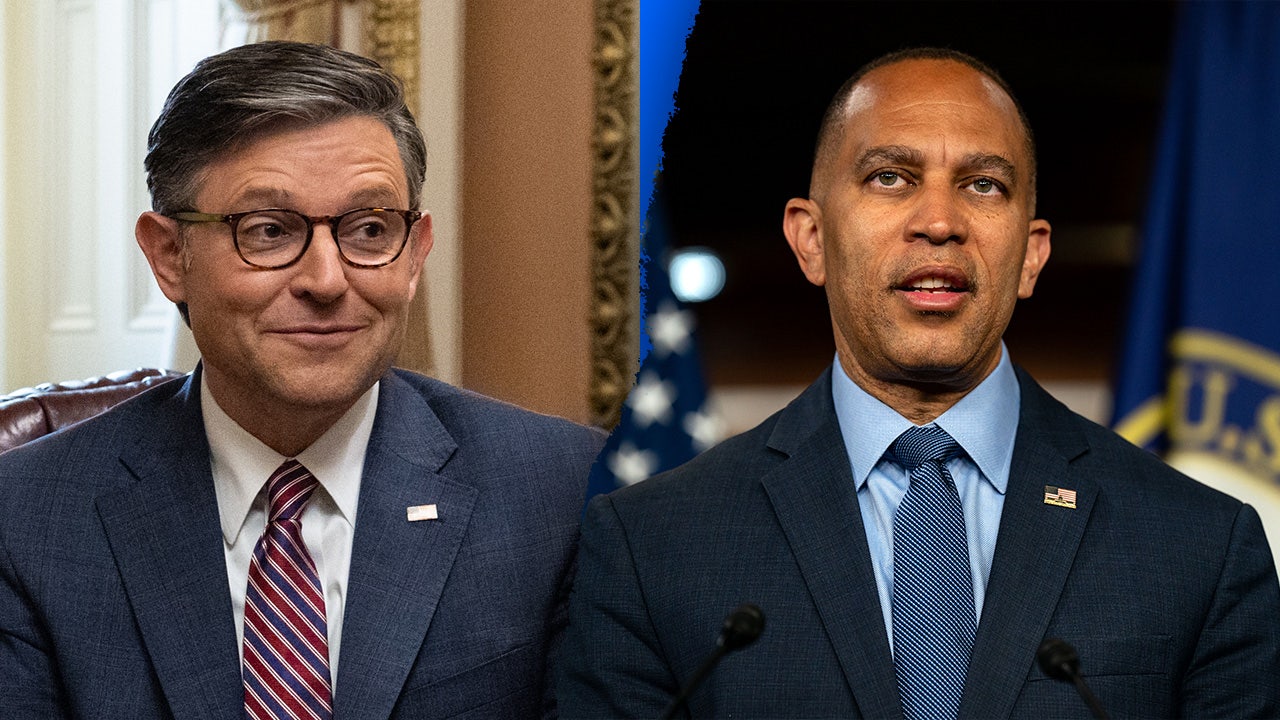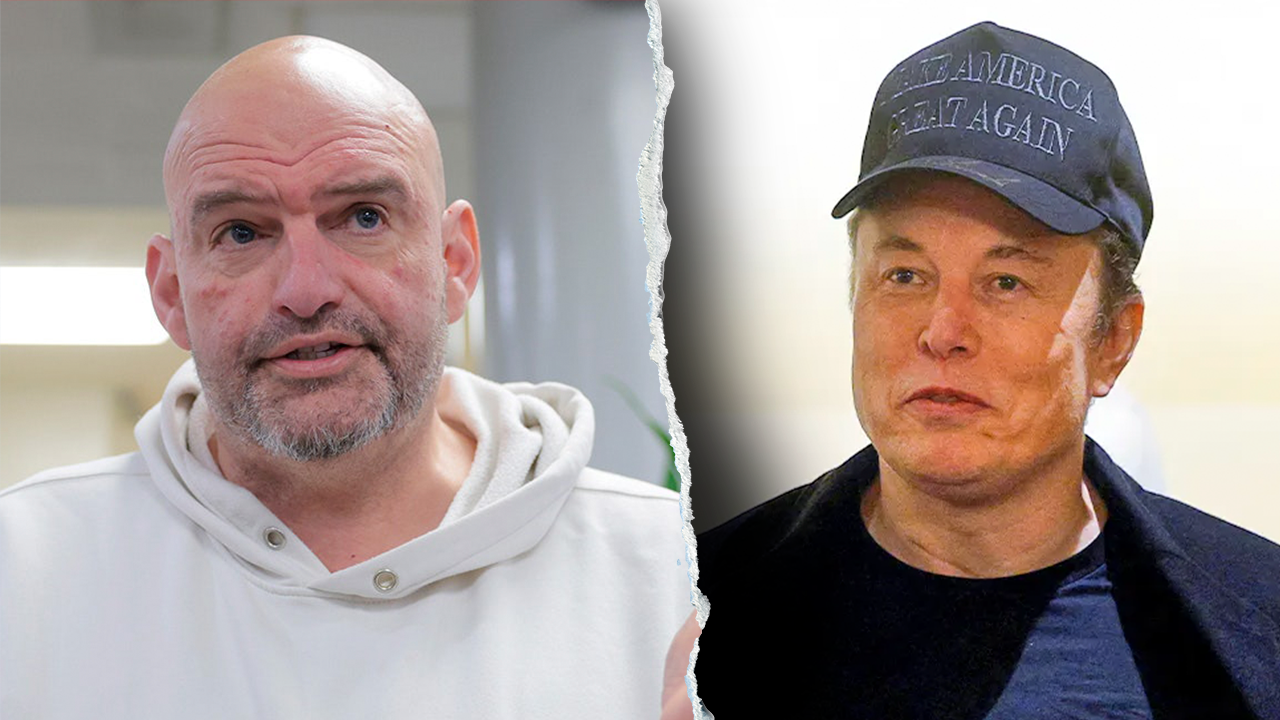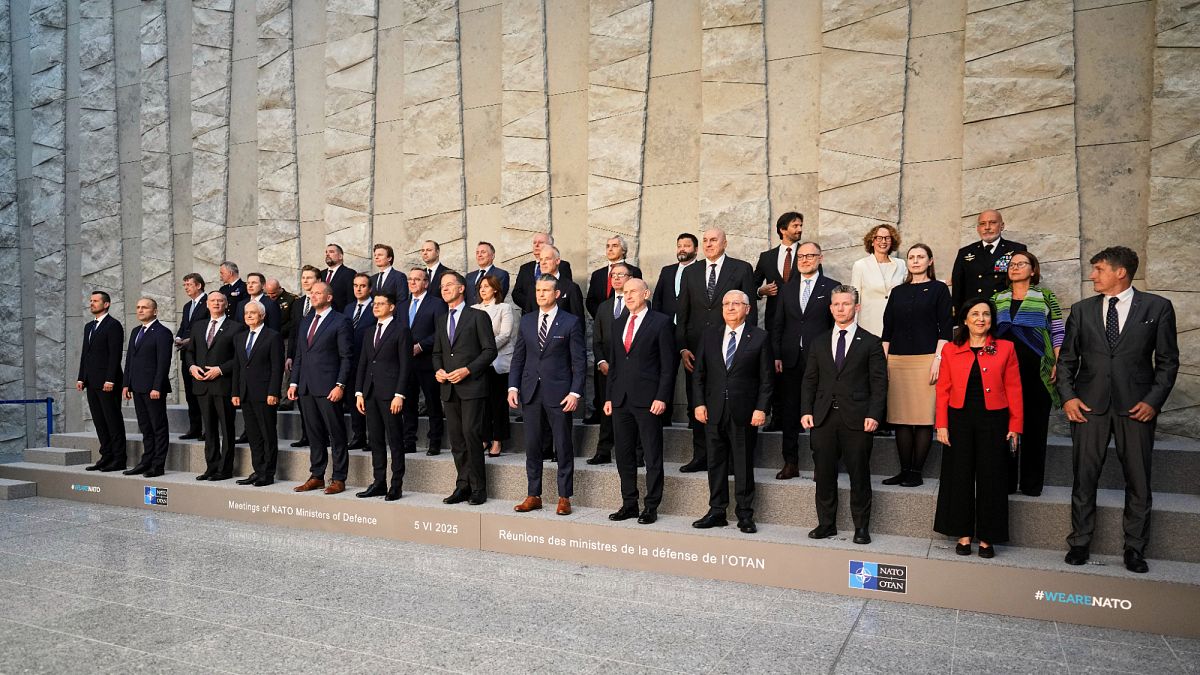Washington, D.C
2 teen girls go to trial for beating death of 64-year old DC man with disabilities
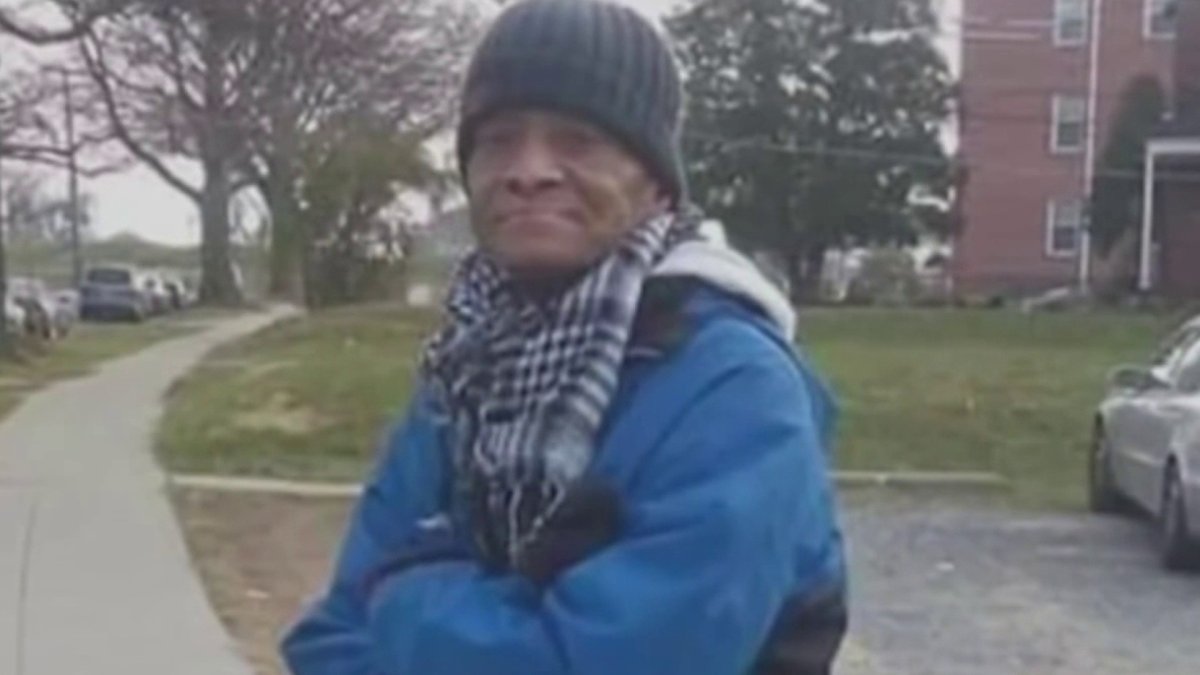
Two teenage girls went to trial for second-degree murder Thursday, accused of randomly beating a D.C. man with disabilities to death last fall.
Reggie Brown, 64, was taking a walk on Georgia Avenue in October when a group of five girls allegedly attacked him unprovoked, prosecutors said in opening statements.
One of those girls took cellphone video of the attack in which the group appeared to be in a celebratory mood afterward, according to prosecutors.
Brown faced health issues for much of his life, weighing just 110 pounds and missing six fingers due to lupus. He also was battling cancer and liked to take long walks at night, according to his family.
On Oct. 17, a still unidentified man attacked Brown, as seen on surveillance video.
Five girls, ages 12 to 15, joined the attack, prosecutors say. Surveillance video showed them stomping Brown’s head into the pavement and whipping him with his own belt.
He died shortly afterward.
In court Thursday, the defense for one of the girls argued she was not involved in the attack and wasn’t even there. Her defense said the case was based on “unreliable, untrustworthy evidence and grainy video” because police were “under serious pressure to solve this case.”
The defense for the other girl argued, “Not every death is a murder or homicide,” and said the evidence does not show an intent to kill or seriously injure.
Brown’s sister said it’s been heartbreaking to hear what her brother went through.
“We’re here because we want to ensure that justice be done and that this doesn’t happen to any other family,” Malda Brown said.
“Everybody up in D.C., upper Northwest, knew my little brother, and he was just a good soul,” she said. “And for something like this to happen to him is just hurting the whole neighborhood up in D.C.”
She wishes the two girls could have been tried as adults and feels D.C. needs tougher laws when it comes to juvenile crime.
“These young people are committing crimes knowingly that if you commit crimes while you are a juvenile, that nothing is gonna happen,” she said. “That is the word on the street that they say, Oh, we can commit crimes because nothing is gonna happen to us.”
A third girl in the case pleaded guilty to assault last month. The other two girls are scheduled to go on trial in November.
If any of the four girls being tried are convicted, they will remain in the custody of D.C.’s Department of Youth Rehabilitation Services until they turn 21.
News4 sends breaking news stories by email. Go here to sign up to get breaking news alerts in your inbox.

Washington, D.C
Pause on student visas causes concern among some DC education programs

Pause on student visas causes concern for DC education programs
A D.C.-based non-profit is among the organizations scrambling to support international students who may no longer be able to obtain a visa. Last week, the Trump administration paused new student visa interviews. FOX 5’s Shirin Rajaee is live with more on the impacts.
WASHINGTON – A Washington, D.C.-based nonprofit is among the many organizations facing uncertainty as the Trump administration places a temporary pause on new student visa interviews, leaving international students — some just days away from beginning summer internships in the capital — in limbo.
Last week, the U.S. State Department halted visa interviews for prospective international students, citing potential changes in social media vetting procedures.
While the administration frames the pause as a matter of national security, education leaders and students warn of significant and far-reaching consequences.
Local perspective:
One of the affected organizations is The Fund for American Studies (TFAS), a non-profit that has operated since 1967. Each summer, TFAS brings together around 300 students for internship programs in areas ranging from Capitol Hill and Fortune 500 companies to journalism and public policy.
Many of the participants are international students, selected through a competitive process for their academic excellence and leadership potential. These students also complete coursework through George Mason University.
Now, dozens of those selected international students may not be able to attend.
“It’s disappointing,” said TFAS Chief Operating Officer Steve Slattery. “They’re telling us that they don’t know if they’re going to be able to come here because they need this interview at the embassy. Usually that’s the last hurdle, and often times there was a backlog for these interviews, so yes, there’s anxiety.”
The backstory:
The Trump administration has ordered U.S. embassies worldwide to pause issuing new student visa interview appointments. The White House is reportedly considering expanding social media screening for applicants. However, no clear guidelines have been issued regarding the criteria for approval or the length of the delay.
“As far as I know, they’re vetted pretty vigorously,” Slattery added. “We vet them through our process. Embassies do their own interviews and scrutiny of applicants.”
Mark Vodianyi, a TFAS alumnus and international student from Ukraine currently studying at Georgetown University, says while he is not personally impacted by the pause, he’s concerned about its broader implications.
“Lots of the TFAS alum, they go home and advocate for democracy and civil liberties,” Vodianyi said.
He also emphasized the long-term consequences of limiting access for international students.
“I’m thinking long term, the U.S. is losing a lot in this. International students contribute a lot to the U.S. economy — they support thousands of jobs nationwide.”
What they’re saying:
While the administration insists the move is rooted in national security interests, some of its own officials have made controversial remarks.
Linda McMahon, U.S. secretary of education, stated that, “The president certainly had great concerns that there are foreign students — not everyone — but there are foreign students who come to the country I do believe will help create this unrest.”
TFAS and other educational organizations argue that existing screening processes are already thorough and should not prevent forward progress.
“If they want to screen these students — which they already do — but if they want to do that more tightly, that’s fine,” said Slattery. “But we just want the process to move forward.”
What’s next:
Though the pause has been described as temporary, the State Department has not announced a timeline for resuming visa interviews. Applicants are advised to monitor their local U.S. embassy or consulate websites for updates.
The impact of international students on American society is substantial. From founding major tech companies like Google, Yahoo, and YouTube, to contributing across the healthcare and research sectors, the role of these students extends well beyond academia. And that’s why, for many, this story hits home.
Washington, D.C
Man accused of stealing cold, sinus medicine from multiple pharmacies in DC

WASHINGTON – D.C. police are searching for a man who they say has stolen thousands of dollars worth of cold and sinus medicine from pharmacies in Northwest.
What we know:
According to police, the suspect has been walking into a Walgreens store with a garbage bag, filling the bags with medicine and walking out without paying.
Security images show the suspect, dressed in a grey hooded sweatshirt, dark pants and blue sneakers.
The backstory:
Police say the suspect walked into a Walgreens on the 3300 block of New Mexico Avenue, NW, stuffing a garbage bag with medication valued at nearly $2,500 last Thursday.
He’s also suspected of stealing more than $1,700 worth of medicine in February, and then investigators say he did it again, allegedly stealing more the $2,000 worth of cold, sinus and allergy medications at a Walgreens store on the 1100 block of F Street, NW, three weeks ago.
He also allegedly stole a large amount of over-the-counter medicine from the store in April.
What you can do:
Police are offering a reward of up to $1,000 for information that leads to an arrest and conviction.
The Source: Metropolitan Police Department
Washington, D.C
The Spots Of The Summer, DC Edition – Washington DC – The Infatuation

Visit DC in the middle of summer and you might wonder why this place was ever settled—much less chosen as the country’s capital. It’s humid, scorching hot, and mosquitoes fly around in swarms so dense you could rest a beer on them. But summer in DC also means hammering fresh crabs on newspaper-lined picnic tables, eating tacos on rooftops overlooking the Washington Monument, and pairing Chesapeake oysters with local beers like it’s your job. In a city with infamously long summers, there are more than a few places to actually enjoy the hottest time of the year. Here are some of the best.
-

 News1 week ago
News1 week agoVideo: Faizan Zaki Wins Spelling Bee
-
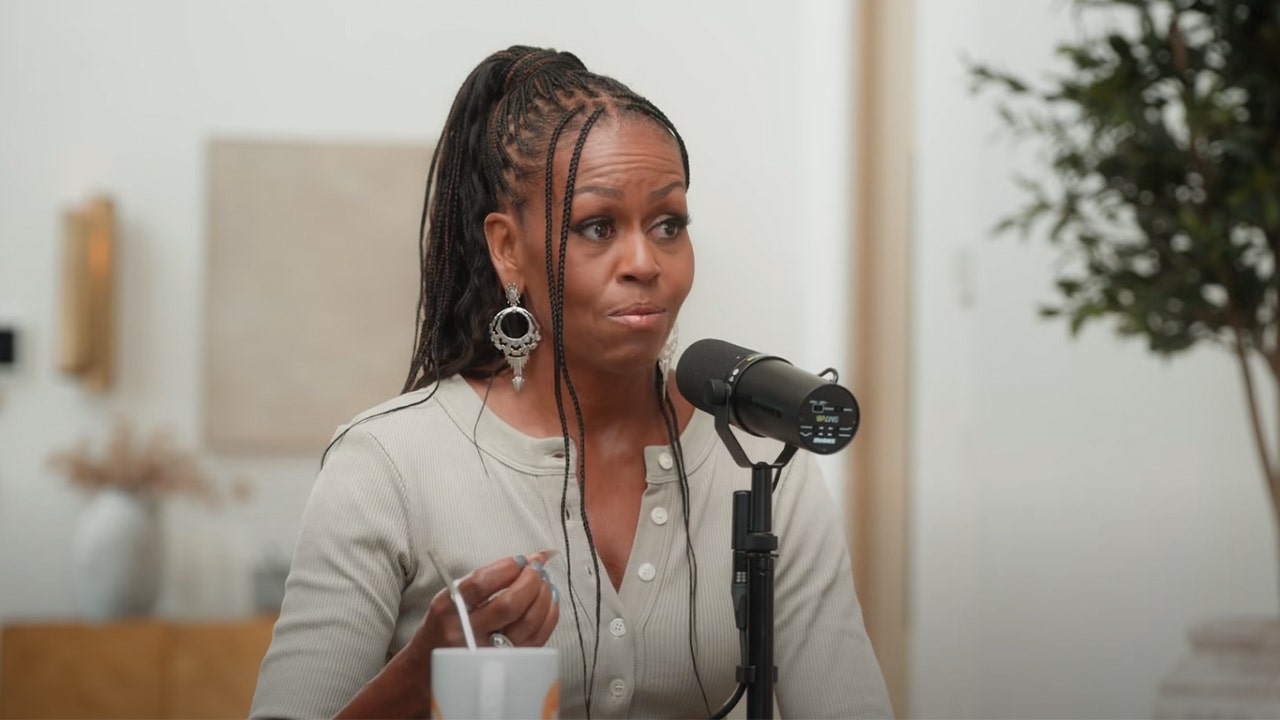
 Politics6 days ago
Politics6 days agoMichelle Obama facing backlash over claim about women's reproductive health
-

 News1 week ago
News1 week agoVideo: Harvard Commencement Speaker Congratulates and Thanks Graduates
-

 Politics1 week ago
Politics1 week agoMusk officially steps down from DOGE after wrapping work streamlining government
-

 News1 week ago
News1 week agoPresident Trump pardons rapper NBA YoungBoy in flurry of clemency actions
-

 Technology1 week ago
Technology1 week agoAI could consume more power than Bitcoin by the end of 2025
-

 Technology1 week ago
Technology1 week agoSEC drops Binance lawsuit in yet another gift to crypto
-

 Technology1 week ago
Technology1 week agoOpenAI wants ChatGPT to be a ‘super assistant’ for every part of your life

